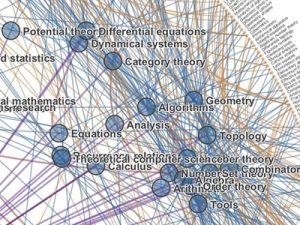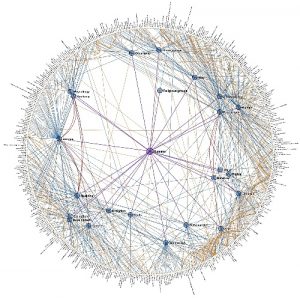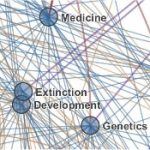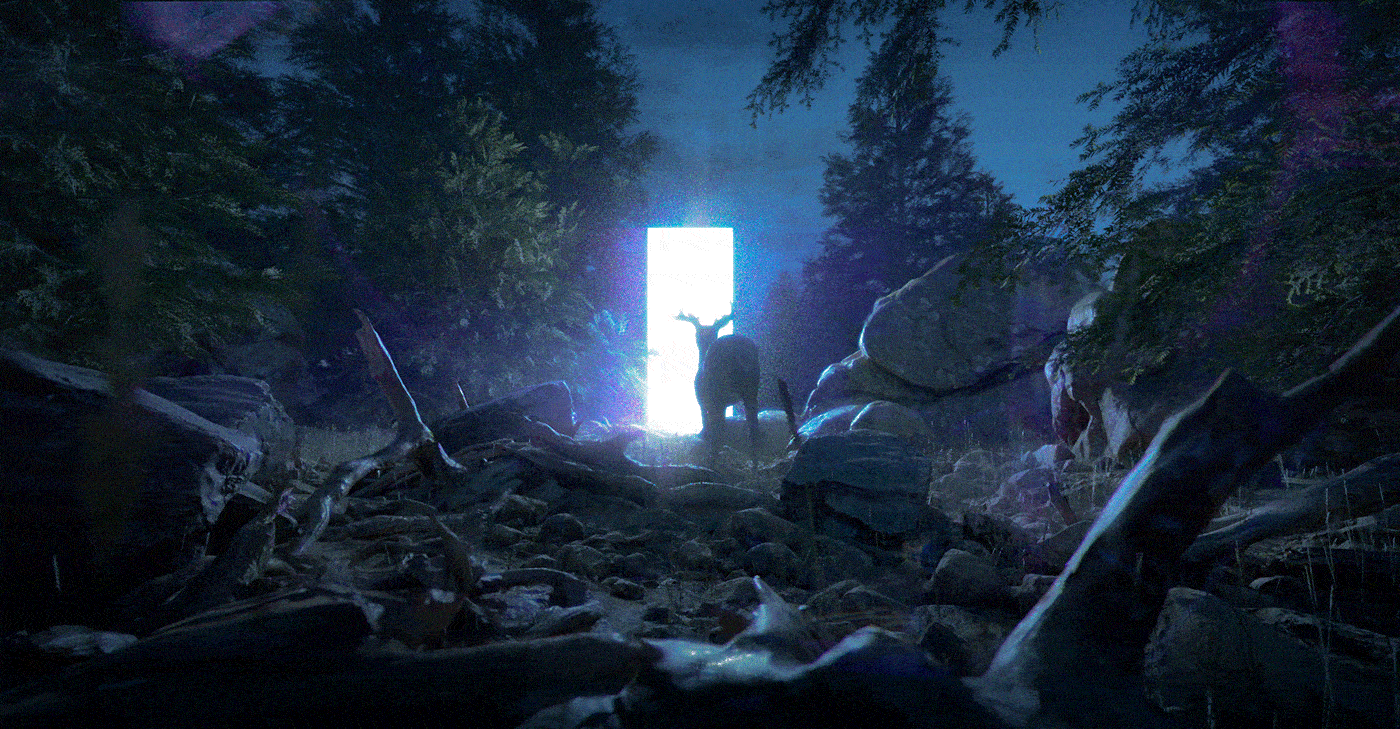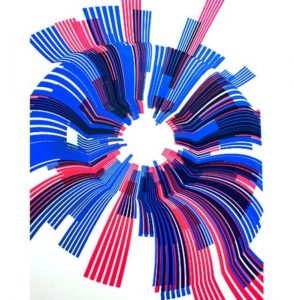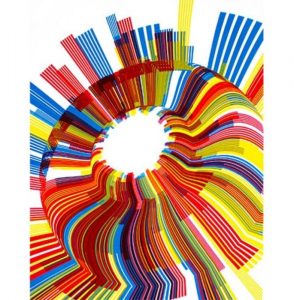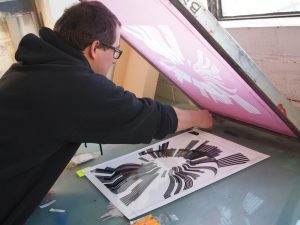Credit to Ryu Kondrup and his post on The Mylar Typology by Paul Prudence
Title: The Mylar Typology
Artist: Paul Prudence
Year of Creation: 2017
Link to the Project: http://www.transphormetic.com/The-Mylar-Topology
Link to the bio of the Artist: http://www.transphormetic.com/Biography
While I was browsing through the Looking Outwards posts I came across multiple artworks that caught my attention. Among these, Ryu’s post on the audiovisual artwork titled The Mylar Typology by Paul Prudence seemed especially interesting for its unique concept and the high-tech methods that was used to create the artwork.
The Mylar Typology is a combination of an ever-evolving visual abstract landscape (that was created by closely filming the reflections on the Mylar sheets and distorting them) and the oscillating tones that are supposed to affect our brainwaves in a way that would make us feel relaxed. Both the oscillating visual art and the audio that are synchronized to each other work as stimuli to our brains by affecting the frequency, amplitude, and periodicity of the brainwaves that are shared by the optical and visual waves as well.
It’s interesting to me how the artist combined both the visual and the audio aid to double the effect that his work has on the audience. I had come across multiple ‘relaxing sounds that are good for studying and relaxation’ that incorporate oscillating sounds but none of them had a visual aid that is just as abstract and science-based as this one.
I also admire the high-technological aspect of the artwork; unlike most other artwork or music that is supposed to calm you down by evoking a peaceful memory or having a mild tone that is associated with a calm atmosphere, this artwork literally manipulates a part of our brain to make us feel relaxed. Without the help of the scientific studies on brains or modern technology that can detect the brain waves and produce them as well, this artwork could have not existed.
![[OLD FALL 2017] 15-104 • Introduction to Computing for Creative Practice](../../../../wp-content/uploads/2020/08/stop-banner.png)
